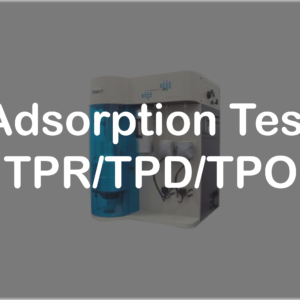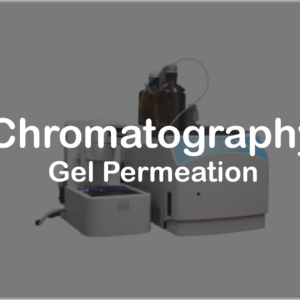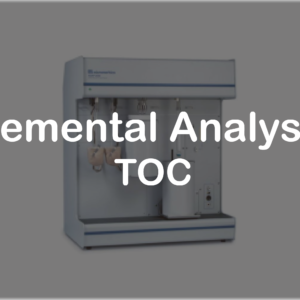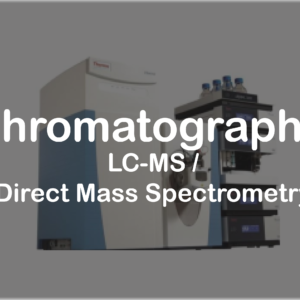Description
Brand
ULVAC (V nanoTOF)
Introduction
The entire system of TRIFT V NANOTOF includes two subsystems: electronic control system and vacuum system.
Electronic control system includes: computer system, control software, and all the main electronic units in the electronic control cabinet and vacuum control system;
The vacuum system includes: all optics and vacuum related components including ion gun, sample manipulation system, mass spectrometer, vacuum chamber and various pumps.
Test items:
Spectral detection, chemical composition imaging and deep profiling test can be applied to analyze solid materials such as organic, inorganic, nano materials (especially semiconductors, battery materials), microelectronics, biomedicine, geology/archaeology, metallurgy, environment, artificial intelligence, etc. At the nanometer scale, chemical imaging analysis of solid materials, biological tissues or cells; analysis of trace impurities in semiconductor materials (ppm to ppb); distribution and imaging of three-dimensional spatial scale chemical composition of thin film samples.
Services
- Sampling chamber and ultra-high vacuum analysis chamber;
- TRIFT quality analyzer
- Five-axis sample stage;
- Liquid metal ion source (LMIG) is used for high-quality resolution and high spatial resolution analysis;
- Double micro-channel plate/phosphor screen secondary ion detector;
- Low energy pulse electron gun is used for charge neutralization;
- Low energy pulse ion gun is used for charge neutralization;
- PC control system, printer, computer desk and chair based on Windows operating system;
- SmartSoft-TOF software is used for device control, data collection, display, analysis and analysis
Requirement on Sample
Solid samples, including film, sheet and block: length * width approximately 8mm * 8mm~10mm*10m, thickness less than 5mm; powder samples are best sent after tableting. The types of samples that cannot be tested: radioactive samples, samples that release a large amount of gas in vacuum, especially the gases that are corrosive to stainless steel, such as HCl+H2O, chemically and biologically toxic samples.
Precautions when sending samples:
- The surface of the sample to be tested must not be contaminated (such as touching by hand, touching contaminants, etc.);
- Samples that are easy to deliquesce and easily react with air should be noted during the sample delivery process Isolate the air (such as put in a desiccator or Ar atmosphere, etc.), or contact us in advance to discuss the solution;
- It is best to use a small glass test tube with a lid, a small volume bottle and other containers for loading samples; it is best not to directly use plastic containers, plastic bags, silicon-containing tape or adhesive surfaces and paper bags to avoid silicone resin or fiber contamination of the sample surface;
- If it is a volatile polymer sample or has a volatile film, be sure to first in the vacuum heating furnace Remove volatile molecules; if the sample cannot be drawn to below 5 x 10-7 torr overnight after being placed in the vacuum chamber, the test will be cancelled;
FAQ
What are the technical advantages of TOF-SIMS?
- Excellent detection sensitivity for dopants and impurities. Can detect concentrations of ppm or lower
- Depth analysis has good detection limits and depth resolution
- Small area analysis (10 µm or larger)
- Detection of elements and isotopes including H
- Excellent dynamics Range (6 orders of magnitude)
- It may be used for stoichiometry/composition in some applications
The main application of TOF-SIMS?
- Depth analysis of dopants and impurities
- Film composition and impurity determination (metal, dielectric, silicon germanium, III-V group, II-V group)
- Ultra-thin film, ultra-high depth of shallow implantation resolution analysis
- Overall analysis of silicon materials, including B, C, O, and N
- High-precision analysis of process tools (ion implantation) [2]
What is the detection depth
5 microns, if the sample thickness is too large, it can be analyzed from two sides.






Reviews
There are no reviews yet.